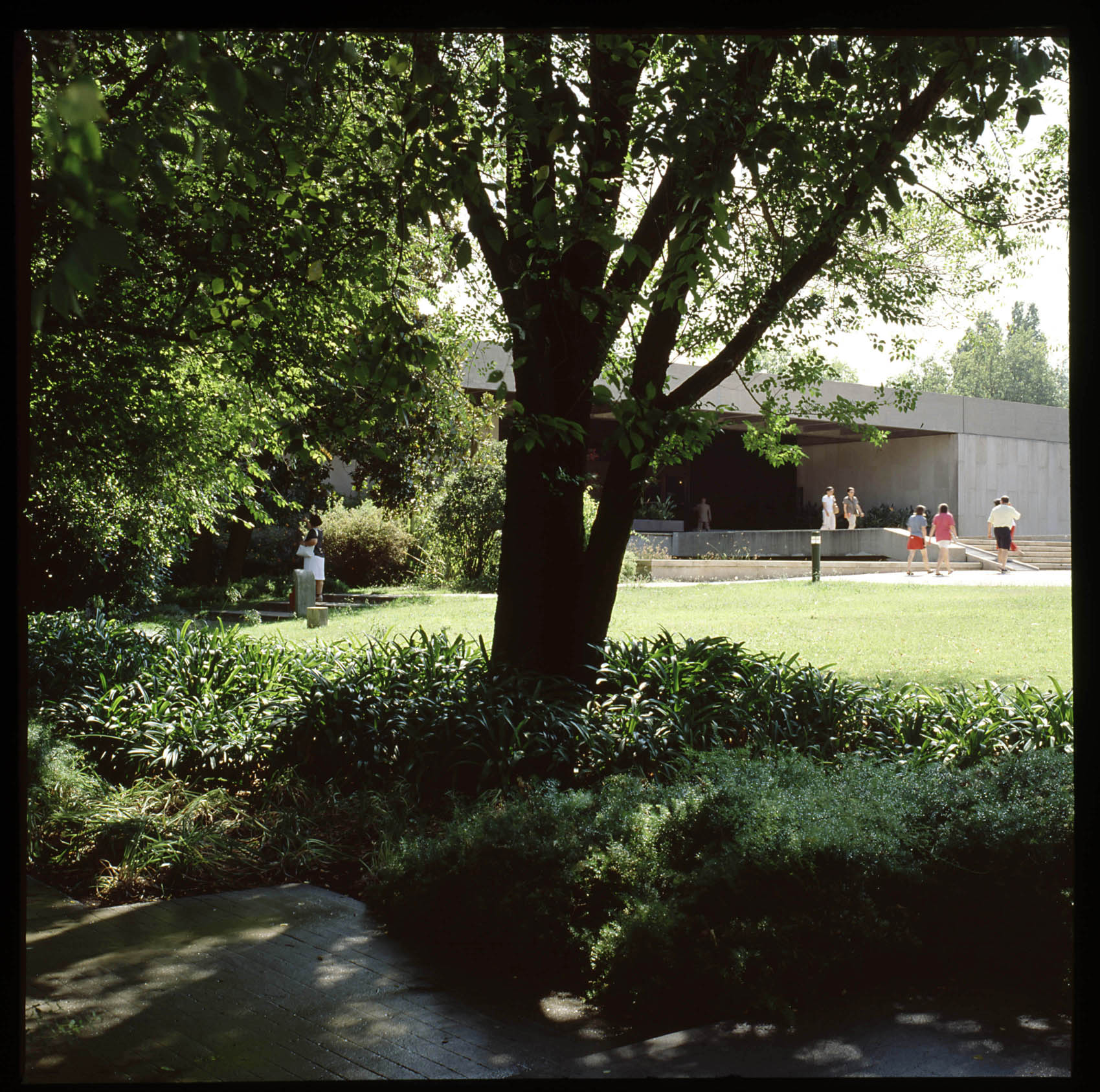The urban forestry profession is the care and maintenance of trees within our communities.
By maintaining trees, we help to extend their lifespans. During a tree’s life, it continually takes in carbon in the form of carbon dioxide. With water and energy from the sun, each tree produces food to support itself. By taking in the carbon and holding on to it to grow and form new plant cells, the tree sequesters the carbon for the life of that tree. …


